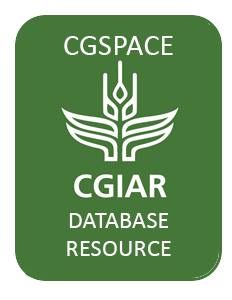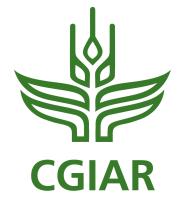Resource information
Although advances in remote sensing have enhanced mapping and monitoring of irrigated areas, producing accurate cropping information through satellite image classification remains elusive due to the complexity of landscapes, changes in reflectance of different land-covers, the remote sensing data selected, and image processing methods used, among others. This study extracted agricultural fields in the former homelands of Venda and Gazankulu in Limpopo Province, South Africa. Landsat 8 imageries for 2015 were used, applying the maximum likelihood supervised classifier to delineate the agricultural fields. The normalized difference vegetation index (NDVI) applied on Landsat imageries on the mapped fields during the dry season (July to August) was used to identify irrigated areas, because years of satellite data analysis suggest that healthy crop conditions during dry seasons are only possible with irrigation. Ground truth points totaling 137 were collected during fieldwork for pre-processing and accuracy assessment. An accuracy of 96% was achieved on the mapped agricultural fields, yet the irrigated area map produced an initial accuracy of only 71%. This study explains and improves the 29% error margin from the irrigated areas. Accuracy was enhanced through post-classification correction (PCC) using 74 post-classification points randomly selected from the 2015 irrigated area map. High resolution aerial photographs of the 74 sample fields were acquired by an unmanned aerial vehicle (UAV) to give a clearer picture of the irrigated fields. The analysis shows that mapped irrigated fields that presented anomalies included abandoned croplands that had green invasive alien species or abandoned fruit plantations that had high NDVI values. The PCC analysis improved irrigated area mapping accuracy from 71% to 95%.


